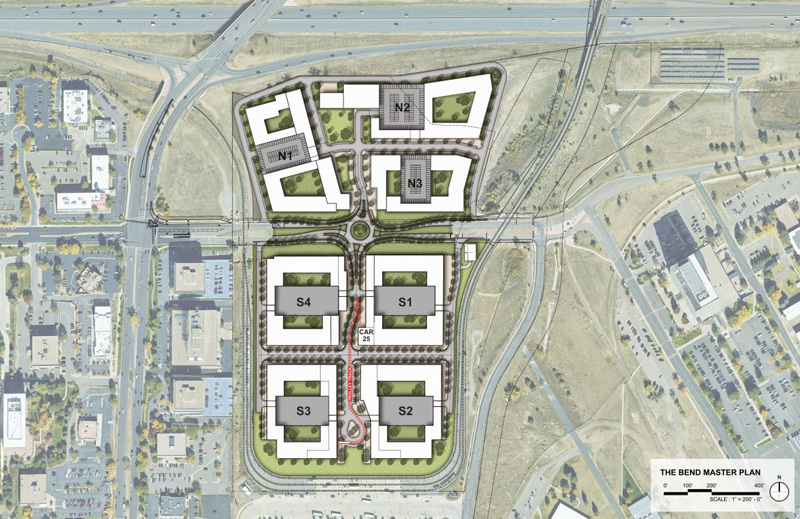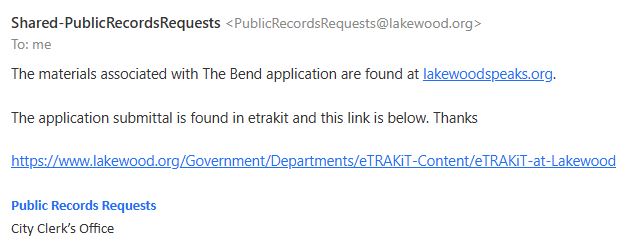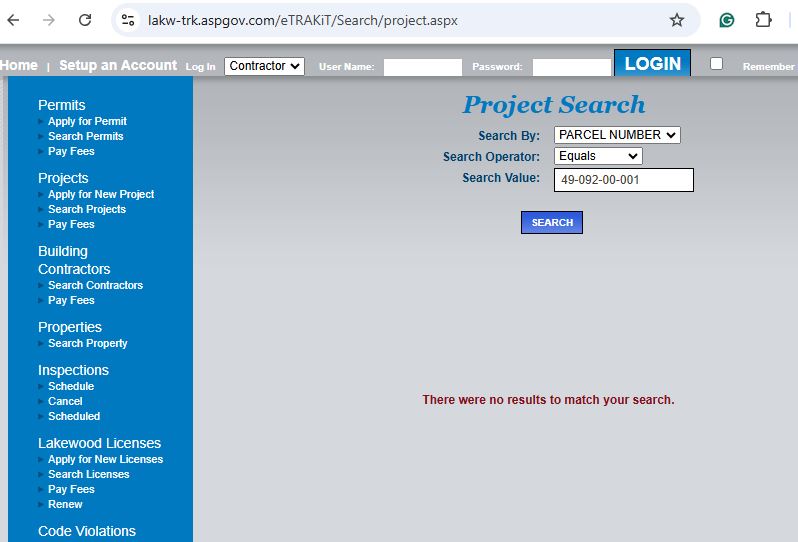From SaveBelmarPark.com
Greetings Supporters of SaveBelmarPark.com,
The 777 S Yarrow project was approved by Lakewood’s Planning Commission by a lockstep vote of 5-0 on May 7, 2025.
Despite in-person and online expert testimony and informed and articulate personal testimony from hundreds of citizens who raised a wide range of serious issues and potential violations of the Zoning Ordinance that will never be addressed or mitigated by the current proposal, the commissioners still approved the proposal.
If it is possible for a planning commission to be replaced by artificial intelligence software, this might be a good place to start a proof of concept. Maybe even remote-controlled rubber stamps would suffice.
At one point, ‘Mr.’ Buckley asked about the grading in the park. As you may know, the city claims the park will not be touched. That is a false claim. As the city engineer admitted, it is necessary to grade park property so the developer does not have to build a retaining wall. You are not supposed to build a retaining wall within 10 feet of the property line in Lakewood. So it would not be feasible to require the developer to stay on their own property since they would have to modify their site plan to build a retaining wall with a proper setback.
So Mr. Buckley asked what the grade change difference would be and was told only 2 feet. No big deal, right? However, the developer’s site plan shows the floor of the building at 5,528.75 feet. The park path adjacent to the graded area is at 5,518. Guess what? That is more than a 10 foot difference in elevation. Not 2 feet. The fire road is at 5,524 which is a 6 foot difference. But none of that matters. Because facts don’t seem to matter to the Planning Commission. They can simply be ignored and replaced will false statements such as telling the public that the park won’t be touched. Problem solved.
This type of deceptive behavior is rooted in the history of land development. Look at Stanford University. When Leland and Jane Stanford passed away, they left 8,000 acres of land to the university with the provision it could never be sold.
Yet visitors to Palo Alto, CA who visit the Stanford campus are amazed at all the development on that 8,000 acres that supposedly could never be sold. How did developers and the university get around that seemingly ironclad restriction? Enter the 99 year lease! Stanford leases their land which has allowed all manner of development including residential, retail, you name it. Just as if it had been sold. Maybe Leland Stanford got railroaded on that!
Similarly, May Bonfils did not envision the abuse and exploitation that would occur with her property at 777 S Yarrow Street after her passing.
(And coincidentally, Planning Commissioner Overall is a Stanford grad.)
In a previous update, I mentioned the possibility the developer would bring attorneys or other advocates to put a positive spin on their proposal. However, they did not make any attempt to put a positive spin on their project. But to their credit, they also readily re-confirmed the project plans to provide only market priced rental units with no affordable units other than what the market will bear.
Perhaps they already knew there was zero chance of not gaining approval from their supportive anti-science minions on the planning commission.
Commissioners warmly welcomed the few supporters they obviously knew who showed up. Yet addressed an accomplished PhD conservation biologist from Cornell and CSU who visited the site and the park and created an excellent presentation as ‘Mr’ Pardo.
And after years of working on this project, who did the commission turn to for the ridiculously obvious question – how much does bird resistant glass cost? Not the planning staff. Not the developer. Such an obvious question was apparently above their pay grade. They expected Dr. Pardo to have done their homework for them. He offered to follow-up on that.
During the hearing, the commissioners asked specifically whether the demolition of 777 S Yarrow was properly permitted because various citizens were aware it was not and commented to that effect.
They were assured by staff with Mr. Parker present that there were no problems with permitting and were not told that demolition began without being properly permitted.
In fact, staffers denied that there were any issues with permitting.
I initially reported about the improper permitting and subsequently the Lakewood Informer carried that report and subsequently a portion of the Informer reprint was read back to the commissioners during the hearing. They disparaged the report as something unreliable from a ‘blog’ and terminated the conversation.
The city and Planning Commission should issue a public apology for that disparagement, inability to manage the permitting process and refusal to consider relevant facts on the matter brought to their attention by citizens during the hearing.
Instead, they were not told a required grading permit (as shown above) was not issued until a citizen complained that it had not been issued.
They were not told even the most minimal erosion control measures such as straw socks and tire shakers were not installed until after a citizen complained via a ticket in Lakewood’s user.govoutreach system.
As per the image above, the very FIRST requirement specified by the developer’s own Kimley-Horn engineers is the grading permit which was never even requested until a citizen raised the issue.
They were not told demolition continued for a period of time without any erosion control measures in place in contravention of Kimley-Horn recommendations and without a required grading permit as specified in the image above.
This happened in early March. It has been two months and the commissioners apparently were not aware of this breach. But they were at the ready to disparage accurate reports of it that were brought in to the public hearing.
We predict no action will be taken regarding the unpermitted start of demolition, lack of even minimal erosion control measures and failure to provide a reasonable disclosure to commissioners in response to direct questions during a public hearing that discussed the improper permitting.
But as a result of the public display, many more members of the public may have been educated to the fact that aspects of this proposal are out of control and relevant facts are not necessarily being allowed to enter the conversation.
There is no reason to believe any of these issues would have been mentioned without a citizen watchdog first blowing the whistle on the city.
Unfortunately, this means we have to question how much confidence citizens should have about the ability and willingness of the city to manage the project in a safe, legal and professional manner.
By the way, I have also updated the PC to their shared email address including images from their eTrakit system showing that the proper permitting process was not followed. I invited any PC members to respond. As yet, no response has been received.
So the death of Belmar Park as a wildlife sanctuary could be at hand. The approved plan allows them to divert rainwater away from the wetlands and starve it for water. They are going to shade the park with the huge shadow cast by the building which is likely to further reduce the value to birds and other animals as a habitat. And there is already a small bridge over Weir Gulch which means they could claim the wetlands could be filled in since they are not connected to the Waters of the United States due to that bridge which allows the water to escape your vision for a split second.
Belmar Park is 132 acres but only a fraction of that is underwater. If they can just get rid of the pesky wetlands by filling them in, the entire park could be developed.
Hopefully, Colorado will find a way to prevent reckless destruction of wetlands and riparian habitats but the 2023 Supreme Court Sackett decision looms large as a green light to greedy developers who want to eliminate precious wetlands around the country.
And what about all the growth in Lakewood and the urgent need for more housing? Not supported by Lakewood’s own housing study that reveals a full housing pipeline many years into the future. And haven’t you heard? They are even closing schools. And trying to sell off vacant schools at below market value. Growth? Seriously?
Something we were right about. The commissioners really want everyone to just be quiet.
Stay tuned and thanks for listening,
Steve





